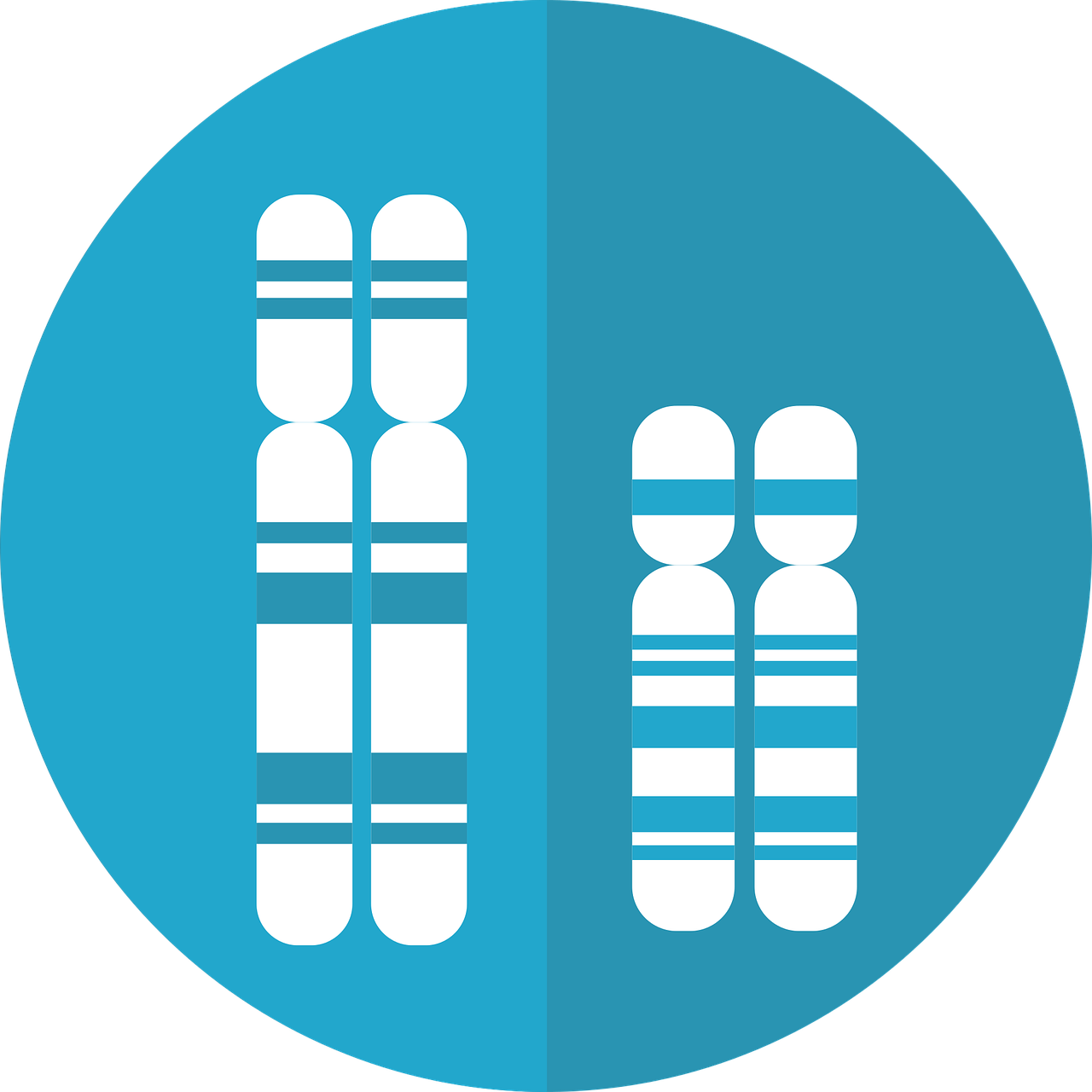Connecting chromatin states (Epigenetics) to structural variation in human genomes
/Chromatin organization modulates the origin of heritable structural variations in human genome
Tanmoy Roychowdhury and Alexej Abyzov
Nucleic Acids Research (Article)
Abstract
“Structural variations (SVs) in the human genome originate from different mechanisms related to DNA repair, replication errors, and retrotransposition. Our analyses of 26 927 SVs from the 1000 Genomes Project revealed differential distributions and consequences of SVs of different origin, e.g. deletions from non-allelic homologous recombination (NAHR) are more prone to disrupt chromatin organization while processed pseudogenes can create accessible chromatin. Spontaneous double stranded breaks (DSBs) are the best predictor of enrichment of NAHR deletions in open chromatin. This evidence, along with strong physical interaction of NAHR breakpoints belonging to the same deletion suggests that majority of NAHR deletions are non-meiotic i.e. originate from errors during homology directed repair (HDR) of spontaneous DSBs. In turn, the origin of the spontaneous DSBs is associated with transcription factor binding in accessible chromatin revealing the vulnerability of functional, open chromatin. The chromatin itself is enriched with repeats, particularly fixed Alu elements that provide the homology required to maintain stability via HDR. Through co-localization of fixed Alus and NAHR deletions in open chromatin we hypothesize that old Alu expansion had a stabilizing role on the human genome.”







